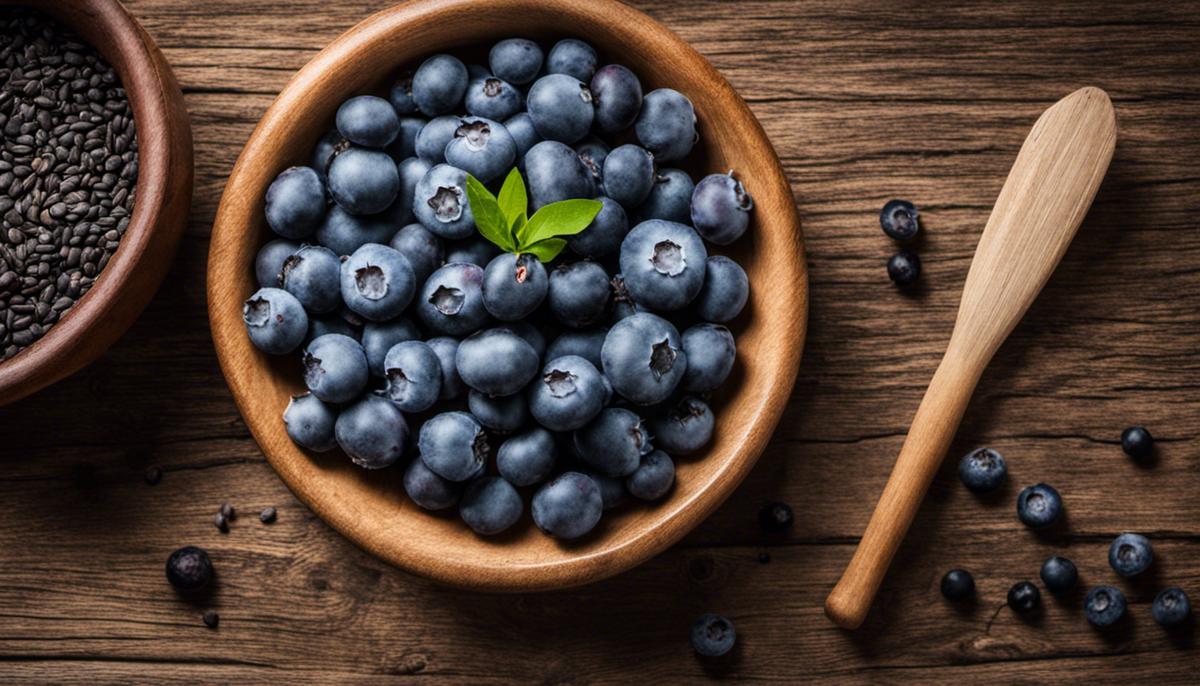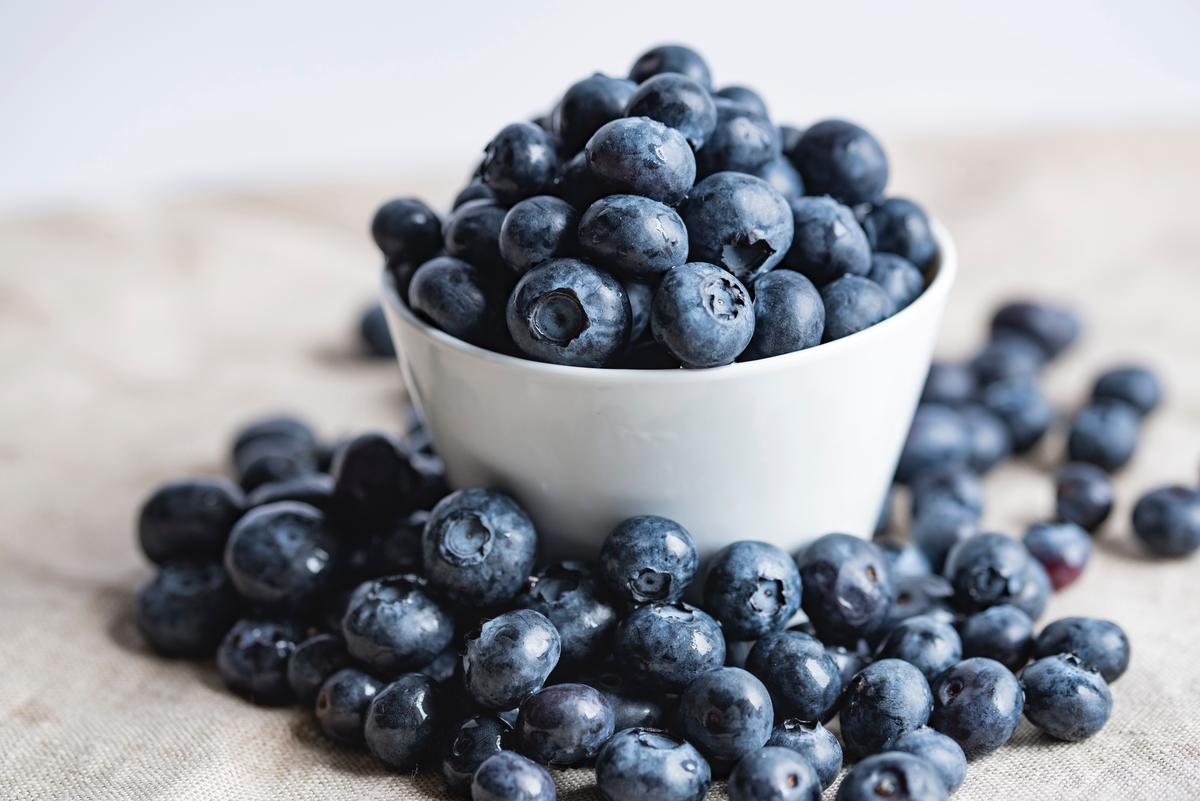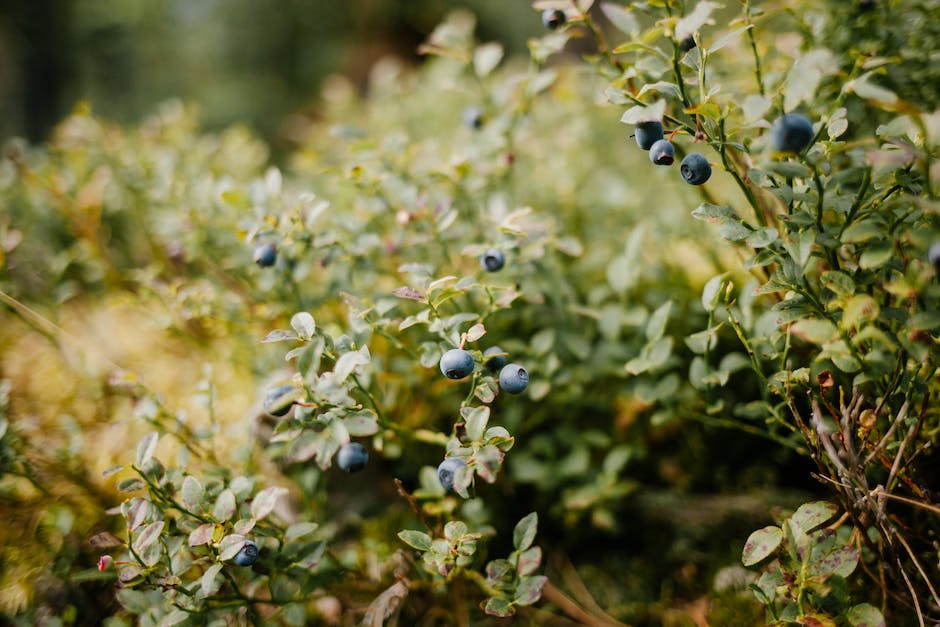Easy Steps to Grow Blueberry Bushes from Seed

When it comes to harvesting your own delicious and antioxidant-rich blueberries, understanding the fundamentals of growing these bountiful bushes from seed is key. Blueberries, whether used for baking, jams, or simply enjoying fresh, are an excellent addition to any garden. This guide aims to equip you with comprehensive knowledge about the different types of blueberry seeds, their unique growing needs, and how to properly prepare them for sowing. Moreover, it delves into the crucial aspects of planting and instigating the germination process, including insightful tips on soil type, temperature regulation, and maintaining ideal moisture levels. Transitioning to successful farming is no small feat, but with the right understanding of the care and maintenance aspects – watering, pruning, fertilizing, and pest control strategies – you can grow an abundant blueberry bush right in your backyard.
Choosing and Preparing Blueberry Seeds
Spectacular Spectrums: The Best Types of Blueberry Seeds To Grow and Their Preparation Guide
Blueberry cultivation, inherently a marvel, is an enticing hobby that captivates many avid gardeners. A scintillating expedition that unwittingly turns into a long-lasting hobby! The journey of planting, nurturing, and finally picking these delectable treats is both soothing and rewarding. However, it all dawns with choosing the right blueberry seeds. Once settled, you advance to the crucial phase, preparing them for cultivation.
Starting off, the best types of blueberry seeds you may want to consider are the ‘Rabbiteye’, ‘Highbush’, and ‘Lowbush’. Each variety has unique characteristics worth pondering over.
-
Rabbiteye Blueberries
Breathe life into Southern gardens with the robust Rabbiteye blueberries. Known for their resilience, these seeds offer an excellent yield even in climates with high soil pH levels or extreme temperature swings. They grow into considerably tall bushes, with the harvested berries featuring a slightly sweeter taste.
-
Highbush Blueberries
These are the most common seeds for home gardening. If you’re looking for versatility alongside a balanced blend of sweetness and tartness, Highbush blueberries are the go-to. They produce high-yielding bushes that reach an average height of 6 to 12 feet, making it suitable for multiple regions and climates.
-
Lowbush Blueberries
The wild child among blueberries! Their allure is primarily their wild, intense flavor, further complemented by their attractive, ground-level growth. Often found thriving in colder climates, these plants are perfect for creating an edible ground cover.
Before any seed meets the soil, due preparation is paramount. Proper seed preparation ensures a thriving and fruitful yield. The process is quite straightforward.
-
Stratification
The first step to starting this journey is seed stratification. Blueberry seeds require a prolonged period of cold to break dormancy, a process mimicked with stratification. Soak your seeds in a mix of sand and peat moss, seal them in a plastic zip bag, and place them in the fridge for at least 90 days.
-
Potting
After stratification, your seeds are ready to face the world! Pot them in sterile soil mix, ensuring they are only covered lightly as they need light to germinate. Always keep the soil moist but be wary of overwatering.
-
Growth Promoting Environment
Keeping seedlings at temperatures between 60-70°F promotes healthy growth. Place the potted seeds near a sunlight source and maintain the temperature consistency.
-
Transplanting
Once the seedlings have grown strong and are about 3 inches tall, they can be moved to their final, sunny residence. Remember to keep the soil mildly acidic (pH 4.5-5.5), well-drained, and organically rich.
By adopting these factors in the seed-selection and preparation stages, you set the stage for a triumphant outcome. Once your blueberries are ripe for the picking, you get to bask in the glory of your fruitful labor, knowing every mouth-watering bite was worth the patience and nurturing it took to get there.

Photo by joannakosinska on Unsplash
Planting and Germination
Unlocking the Secrets of Blueberry Seed Planting
Blueberry varieties have been covered in detail, but let’s dive into the planting specifics for each type. Understanding the how and when of planting blueberry seeds is instrumental in achieving superior germination, so let’s explore.
When talking about planting blueberry seeds, timing is everything. The best time to sow these seeds is during Fall, aligning with their natural lifecycle of germinating in the wild over winter. If possible, aim to plant the seeds in early November. This timing allows for the required cold period or stratification, which was covered earlier.
Start indoors, if getting an early start is imperative. Plants make a smoother transition to the outdoors after the last frost when seedlings are already well established. In this scenario, start the seeds about 10 weeks before the last expected frost.
Make sure to use well-drained, loamy soil for the best results. The soil’s pH is also crucial – blueberries flourish in mildly acidic soil with a pH between 4.5 to 5.5. Conduct a soil test to ensure your seeds have the right environment to germinate. If your soil is not naturally acidic, you can amend it with sulfur or organic matter like sphagnum peat or shredded leaves to increase acidity.
Use small pots for sowing blueberry seeds, fill them with the prepared soil, then press the seeds gently into the soil without covering them. Blueberry seeds need light for germination, so avoid burying them under the soil. Water the pots thoroughly but gently, taking care not to dislodge the seed.
Maintain a steady temperature of around 60-70°F (15-21°C) which is the optimal temperature range for blueberry seed germination. They’ll begin to sprout within one to two months, at which point they should be moved to a sunny location or under grow lights, if sunlight is lacking.
Patience is key as blueberry plants take about three years to produce fruit. But bear in mind, the fruits of your labor will be worth the wait! Continue with regular care after transplanting – watering, pruning, mulching, and watching for signs of disease or pests.
Remember that care is as paramount as the planting process itself to ensure your blueberry plants thrive. So, don’t just sow and forget; nurture your plants as you’d care for a cherished hobby. Enjoy the process – after all, the beauty of gardening lies as much in the journey as in the delicious blueberry payoff at the end!

Care and Maintenance of Blueberry Bushes
Knowing your blueberry bush type and having successfully transplanted it, let’s switch gears to caring for these blue beauties to bring forth a bountiful crop. Here’s a comprehensive guide to ensuring the health and vigor of your burgeoning blueberry bush.
Let’s talk pruning. The goal here is to help your plant keep an open center and dispose of dead, weaker twigs. Remember though, young plants shouldn’t be pruned in their first two or three years. The proper time is after the dormant winter, and before new spring growth. Prune about half an inch above the bud, slanted towards the bud. This strengthens the structure of the bush over time, and boosts fruit production.
Soil amending is next on the list. Blueberries are acid-loving plants and need a soil pH between 4.5-5.5. Once your plant is established, annually amend the soil in early spring before the bush breaks dormancy with a suitable compost specifically designed for acid-loving plants. Keep a close eye on those pH levels. Your blueberries will thank you for it.
Remember, blueberry bushes are thirsty! Watering frequently is vital, especially in dry climates and summer months. Aim for about one to two inches of water per week. Irrigation is a great option to ease some of your watering workloads and ensure a consistent supply.
Mulching also plays a key role in blueberry care. Applying mulch helps hold water, keeps roots cool, and prevents weeds. The perfect mulch option for blueberry bushes is organic pine bark or pine needles, which further helps to acidify the soil.
Now let’s discuss adding some companion plants to your blueberry bush. It improves the yield and makes for a healthier garden. Strawberries and rhododendrons both appreciate the same soil conditions as blueberries and can help to enhance your bushes’ growing environment.
In essence, a successful blueberry bush requires an adequate balance of sunlight, water, and nutrient-rich, well-drained, and acidic soil. Regular monitoring, tending, and patience will lead to a fruitful bounty of home-grown blueberries. And don’t forget, engage with the gardening journey itself; these plants aren’t just a food source, they’re a labor of love! Enjoy each gardening day as it comes, the end result is certainly worth the wait. Good luck, and happy gardening.

Armed with this knowledge, setting up a thriving blueberry bush in your garden, whether small or extensive, becomes less daunting and a lot more exciting. The details provided in this guide, from choosing and preparing the right blueberry seeds, understanding germination, to the care and maintenance of the bushes, are designed to pave your path towards a fruitful harvest. Understanding and surmounting common problems associated with blueberry cultivation are crucial elements to growing a healthy, productive bush. Keep these instructions in mind, utilize the solutions provided, and remember that patience and consistency are critical in farming. Here’s to witnessing your garden bloom with luscious blueberry bushes, and to the many fruitful seasons that lie ahead of you.



